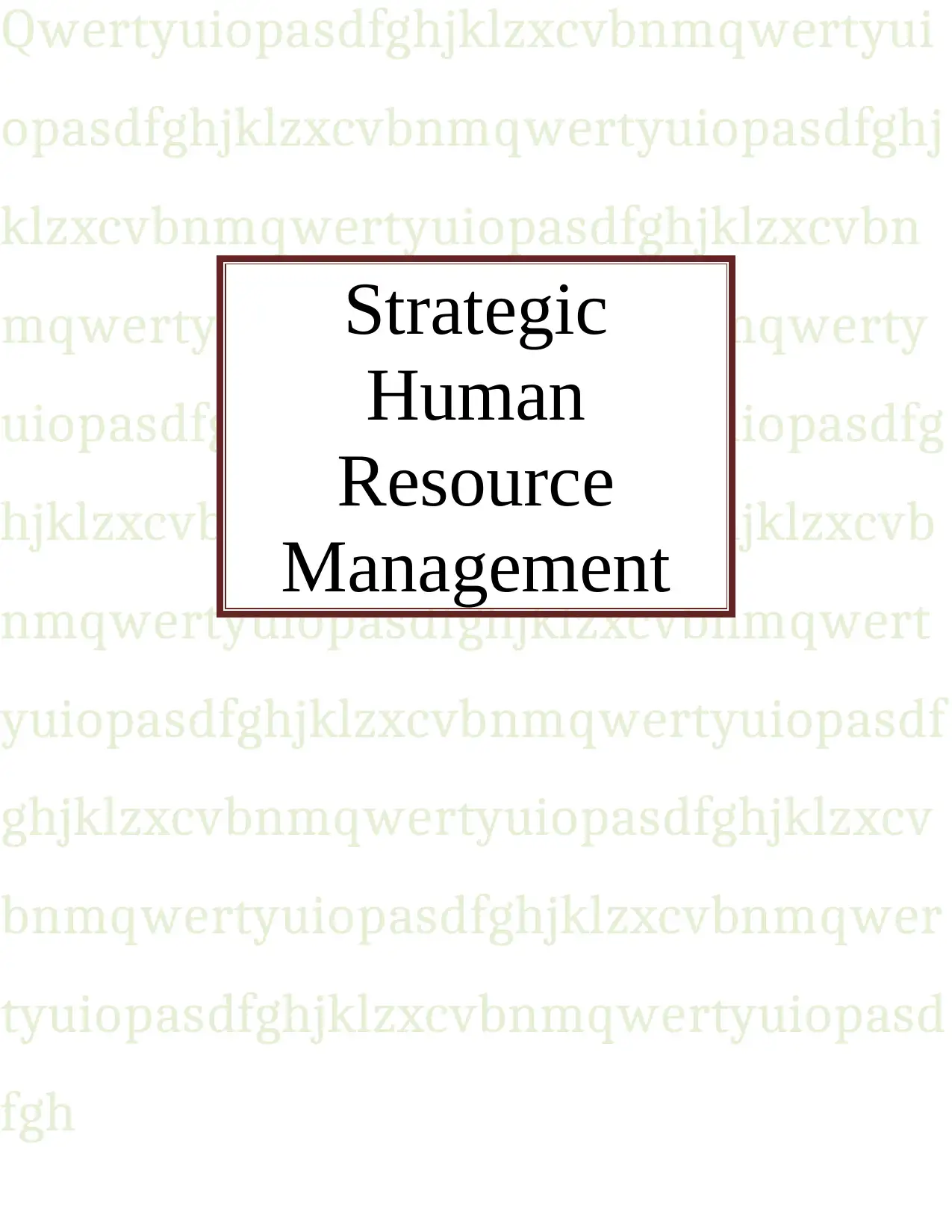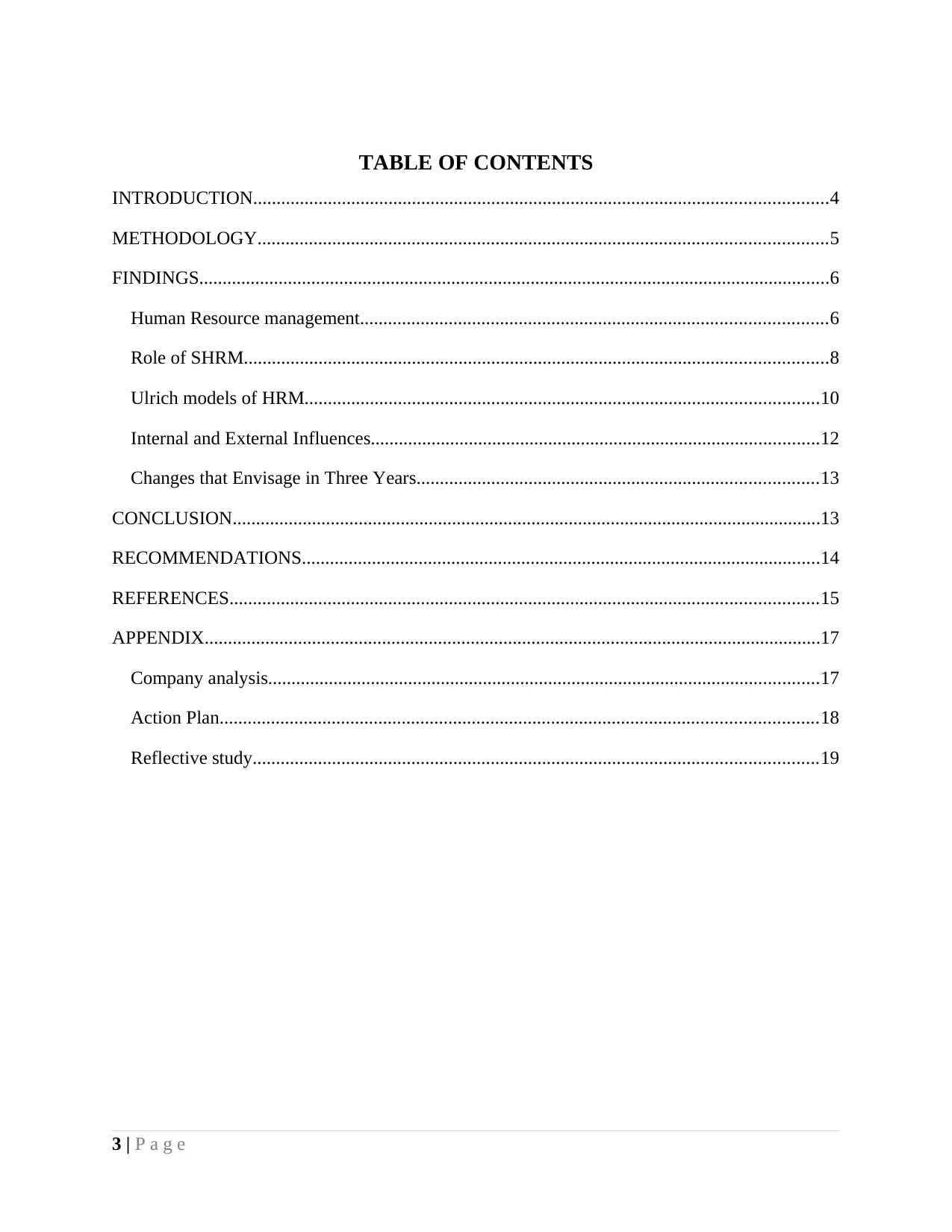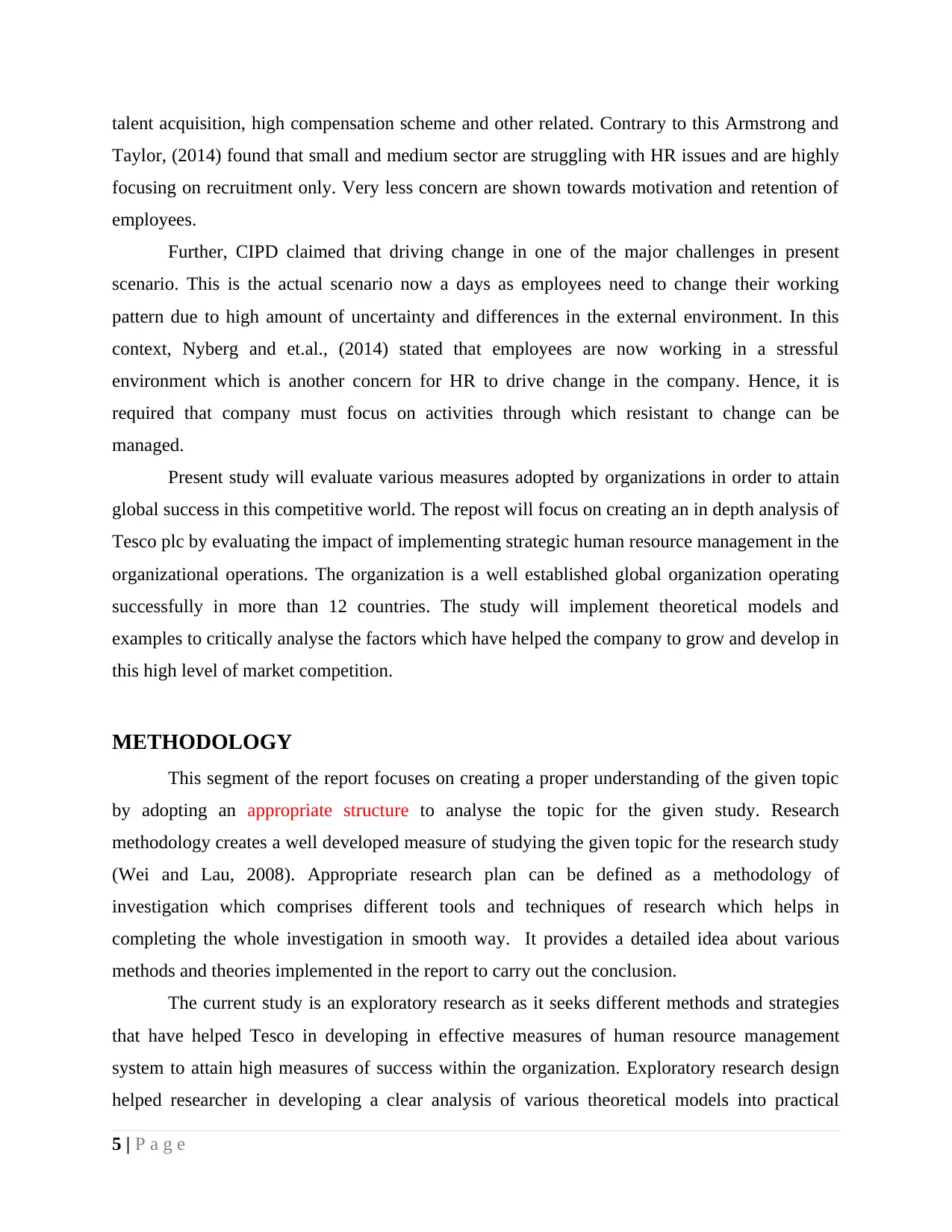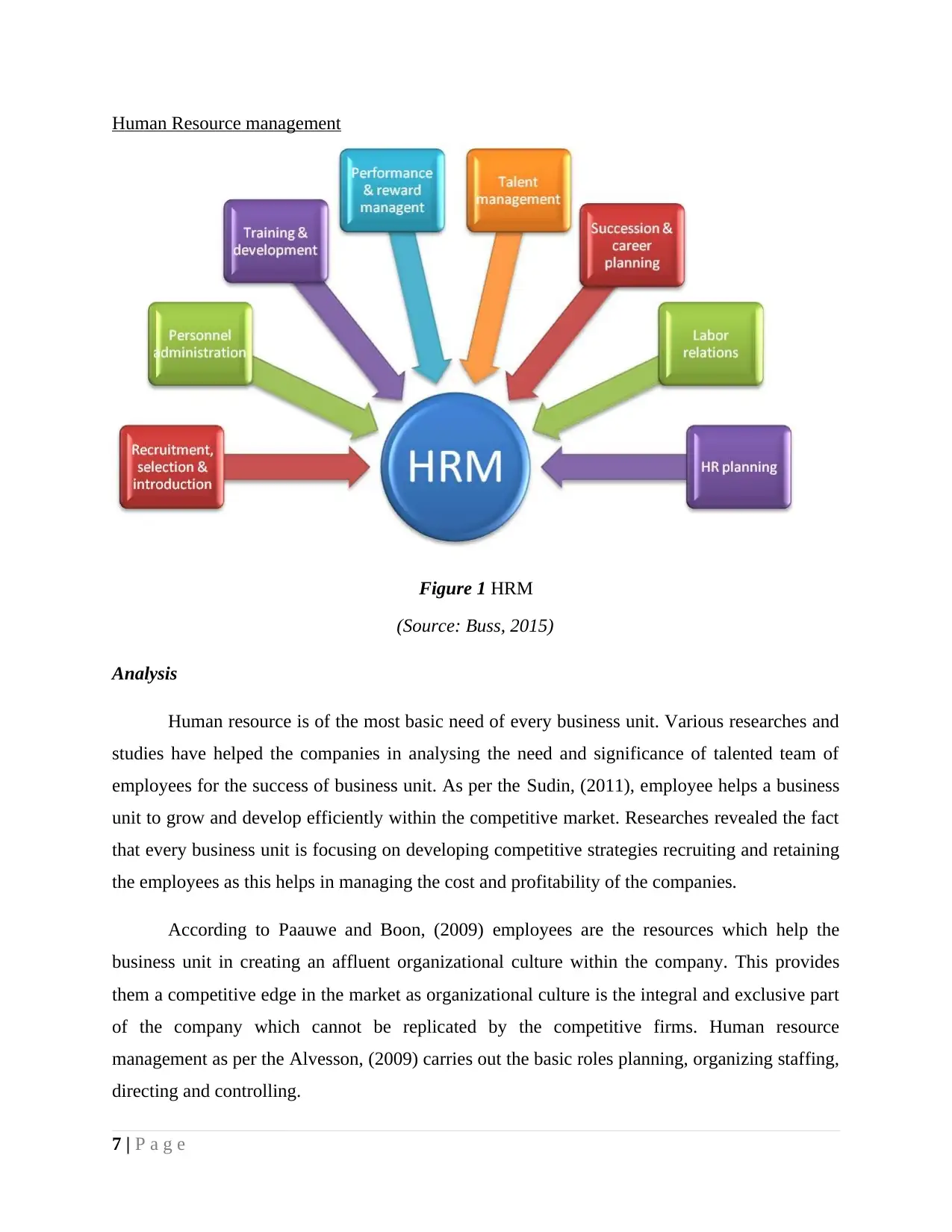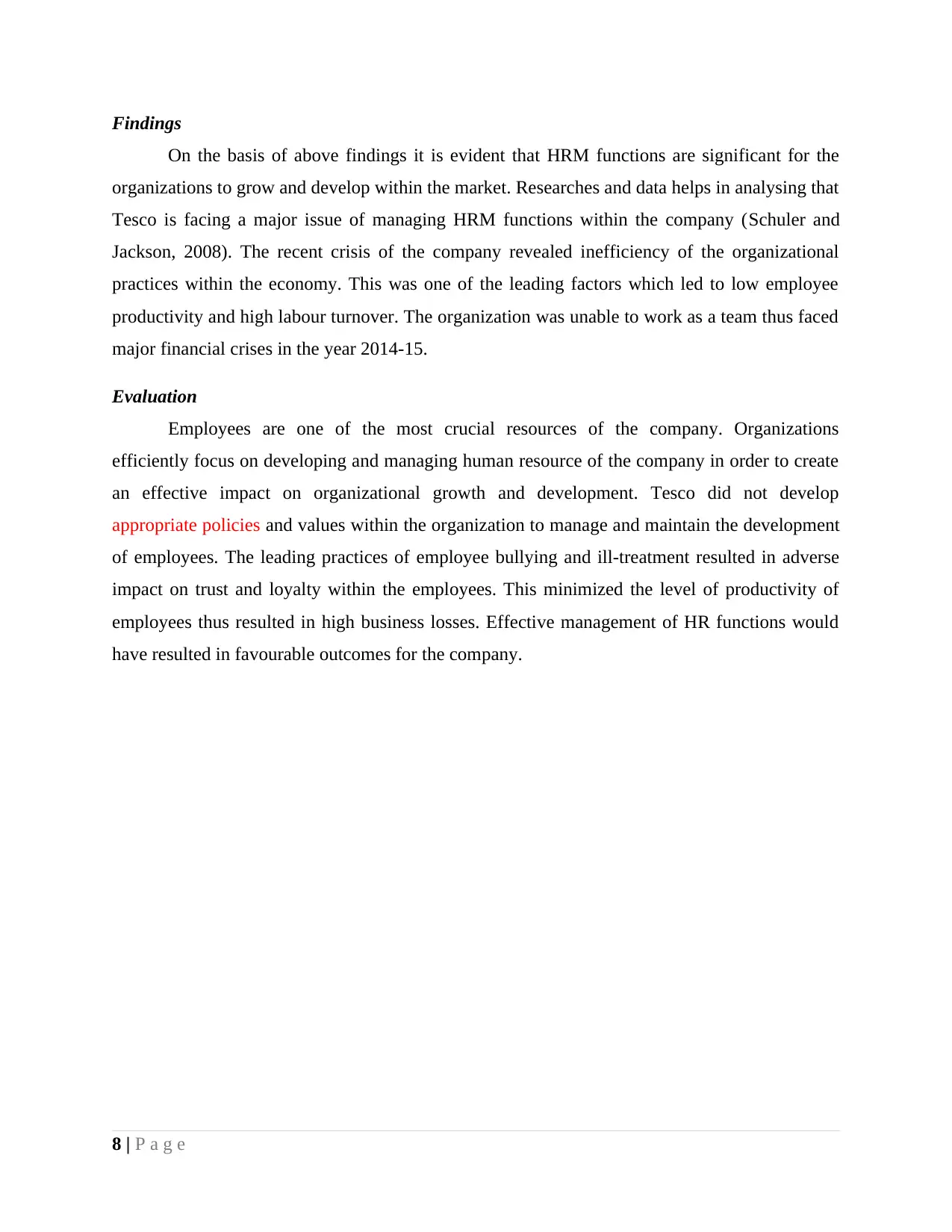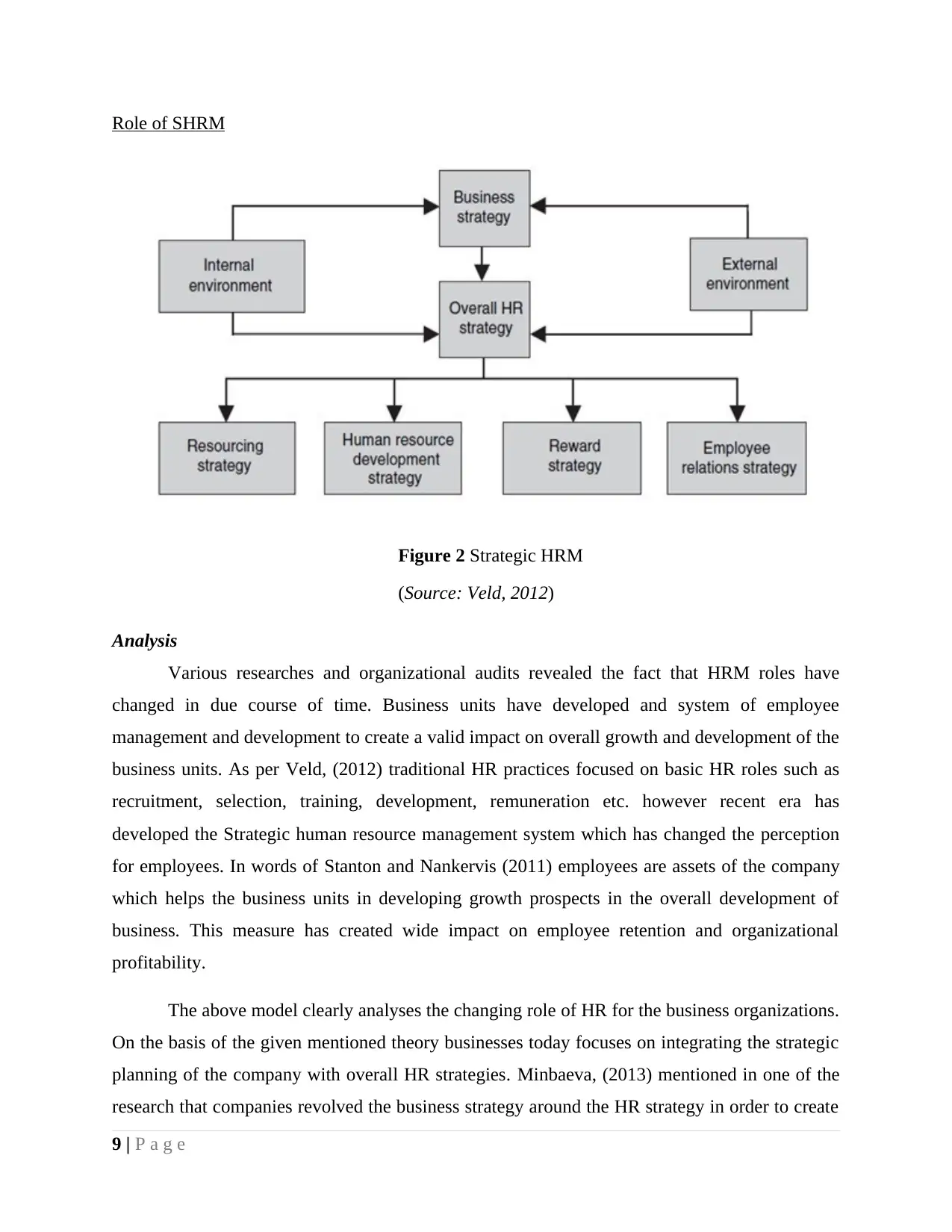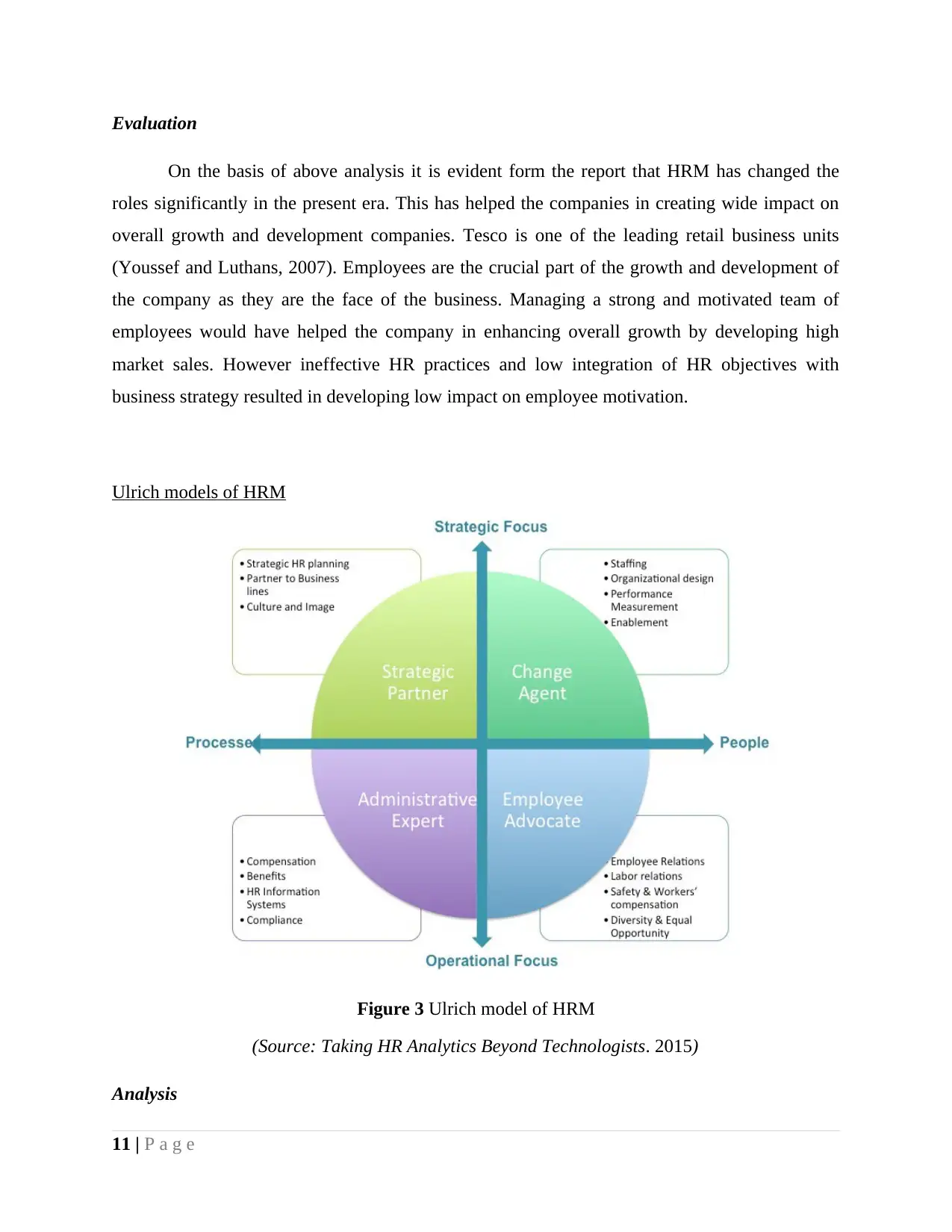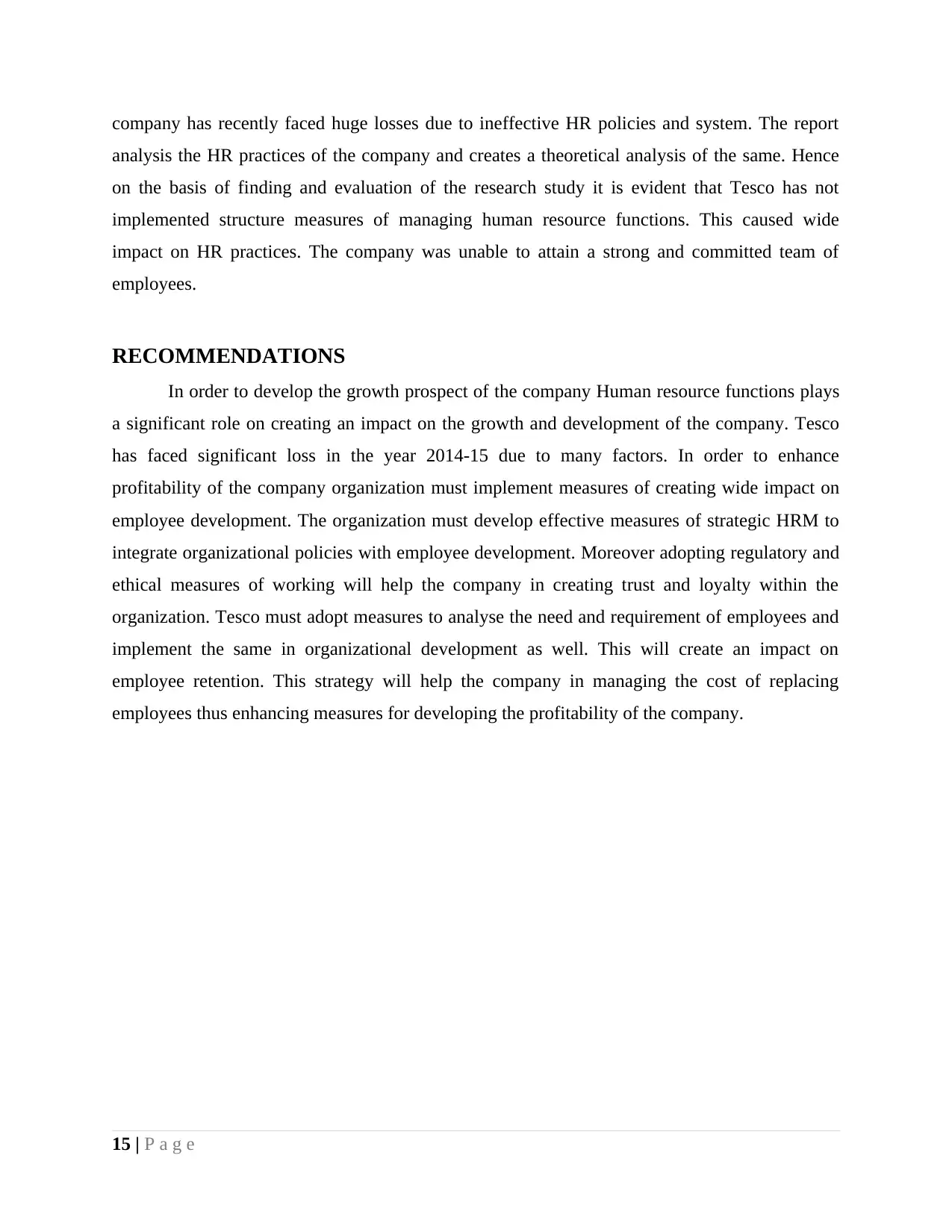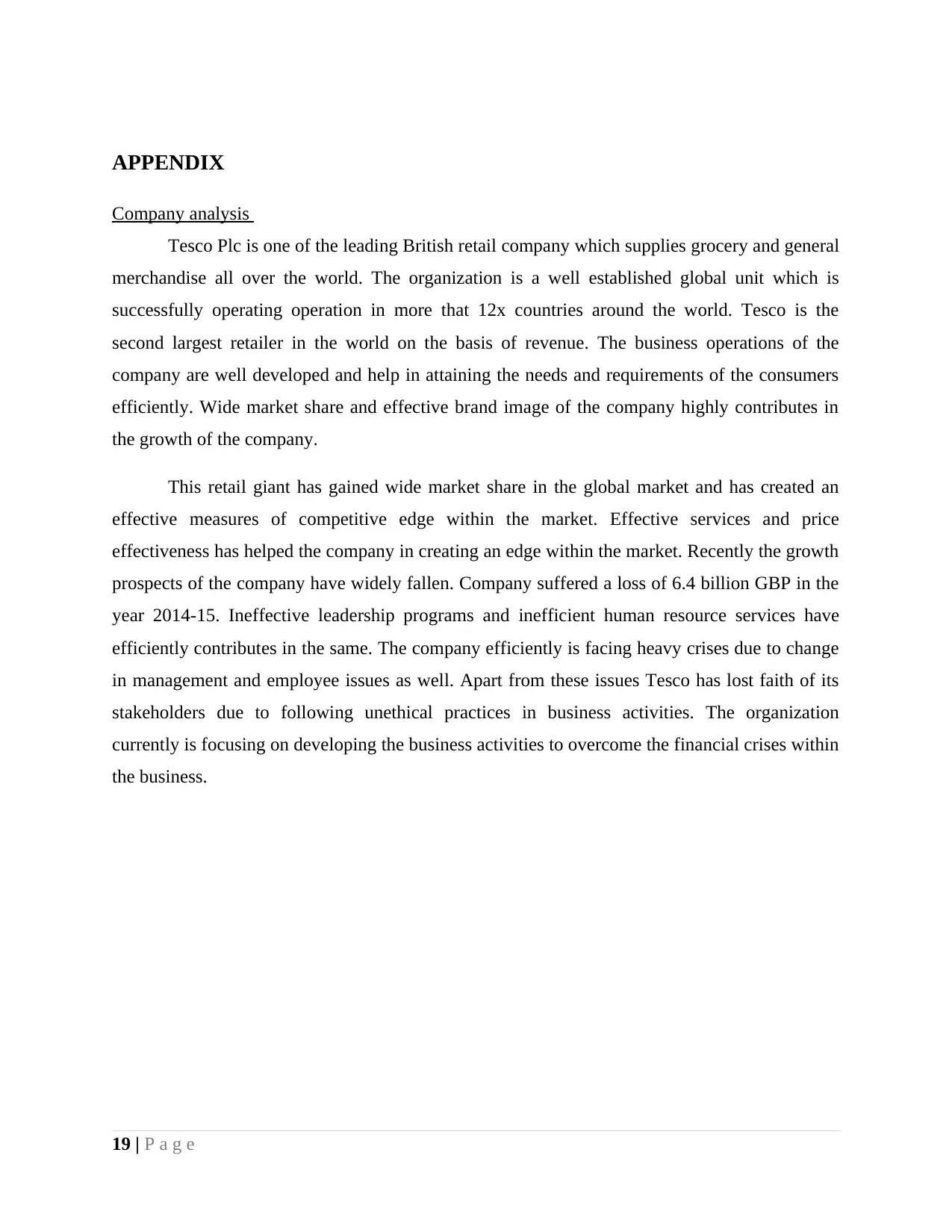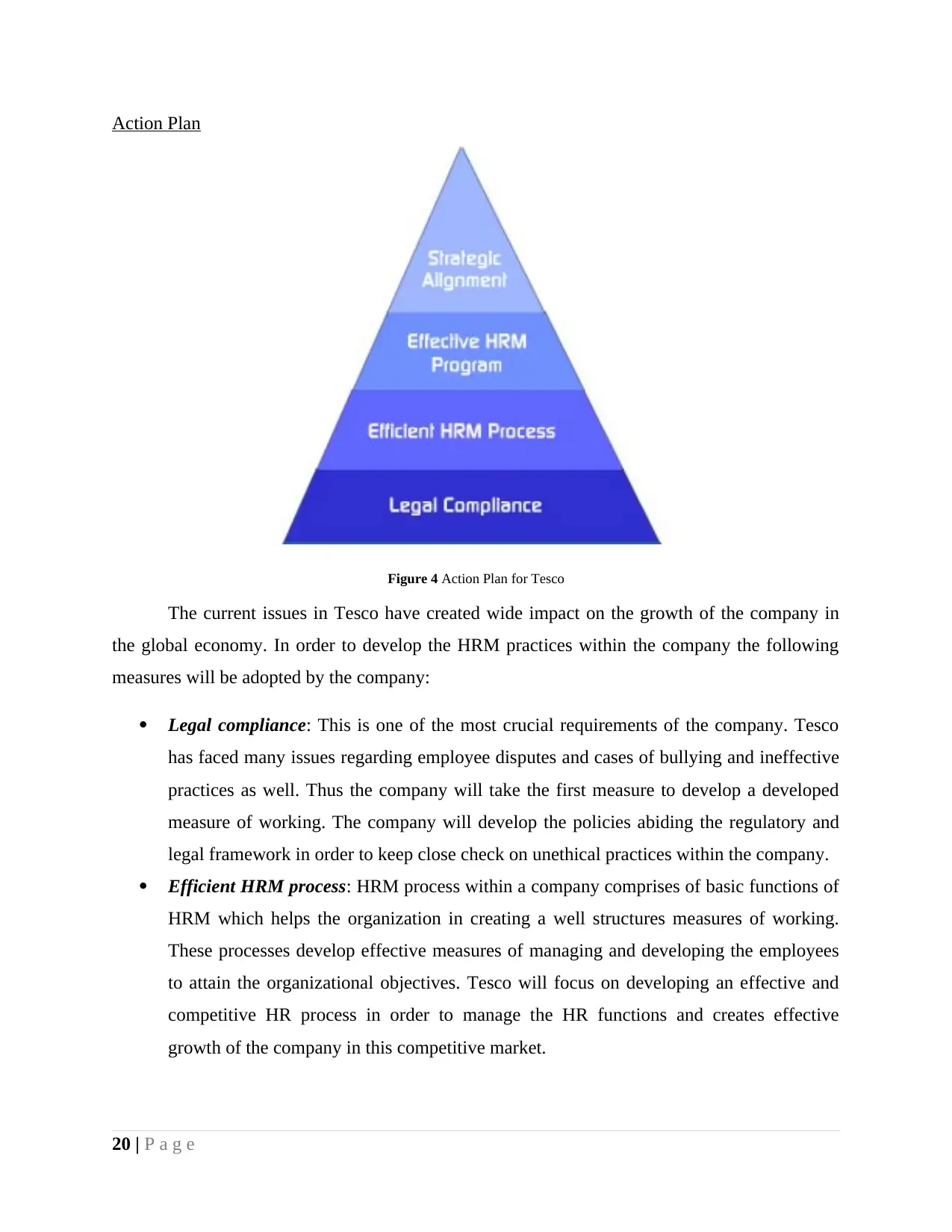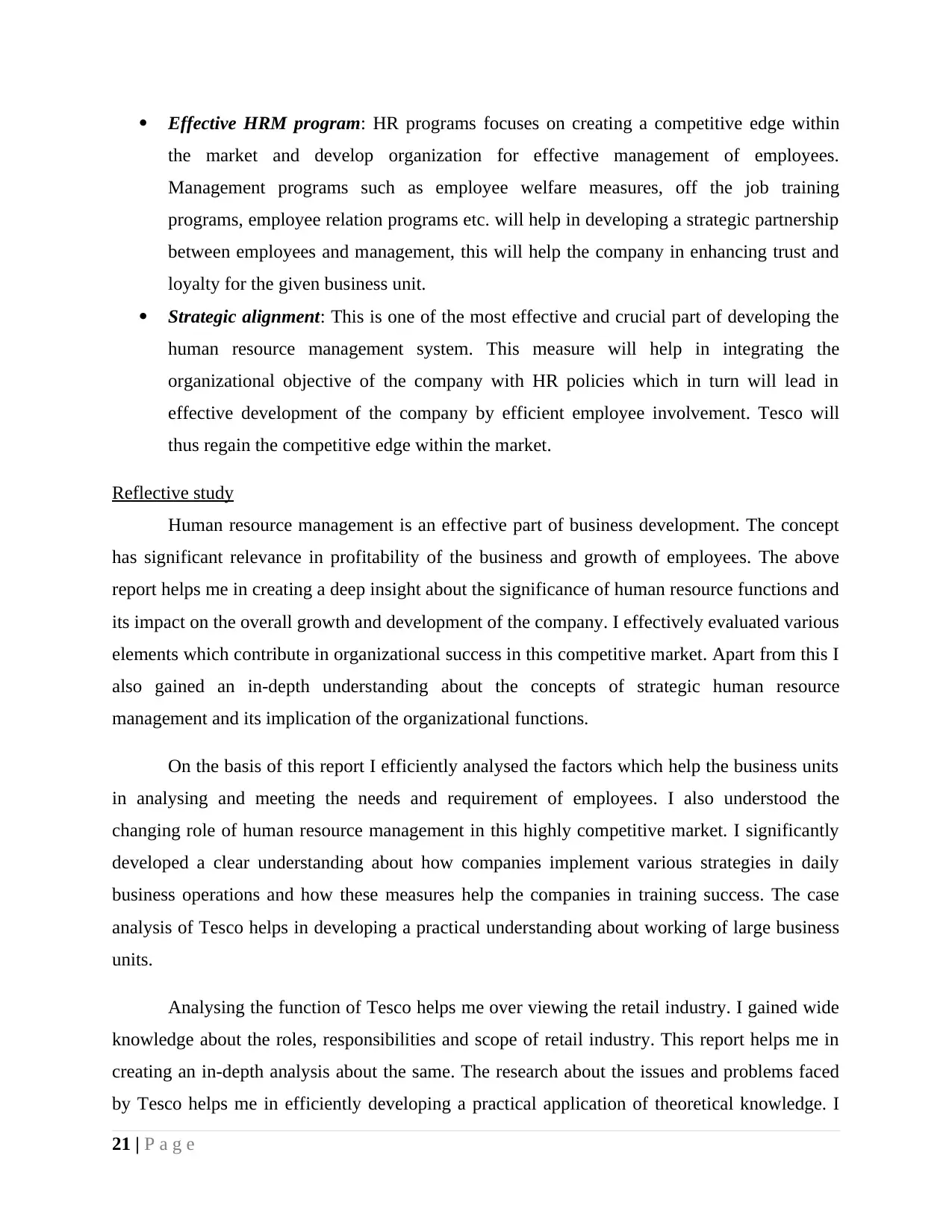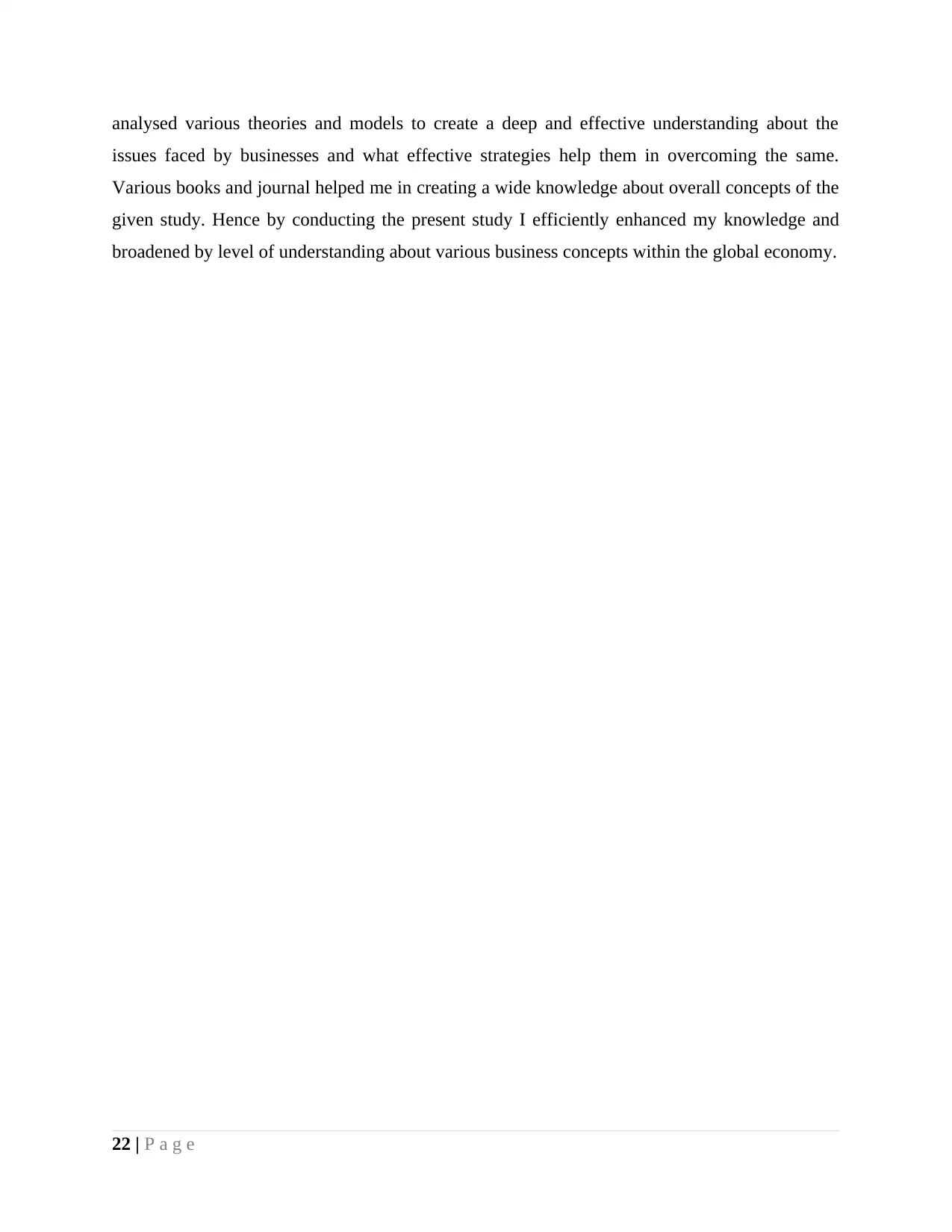Theory and practice are two essential components that shape our understanding and application of human resource management (HRM) in organizations like Tesco. According to Spector (2008), industrial and organizational psychology play a crucial role in shaping HRM practices. Similarly, Stanton and Nankervis (2011) emphasize the importance of linking strategic HRM with performance management and organizational effectiveness. Storey (2014) highlights the significance of new perspectives on HRM in achieving business success. Sudin's proposed model of strategic green HRM supports corporate environmental citizenship, while Thoonen et al.'s research explores how to improve teaching practices through teacher motivation, organizational factors, and leadership practices. Urtasun-Alonso et al.'s study examines the impact of manufacturing flexibility on HRM practices. Veld's research focuses on HRM, strategic climate, and employee outcomes in hospitals. Wei and Lau's case study investigates the impact of market orientation and strategic HRM on firm performance. Wood's work emphasizes the importance of HRM and organizational performance. Wright and Nishii's article highlights the role of strategic HRM in organizational behavior. Youssef's reflective study provides insights into the significance of HRM in achieving business success, highlighting the need for legal compliance, efficient HR processes, effective HR programs, and strategic alignment to achieve competitive edge. By applying these theoretical concepts to the case study of Tesco, we can develop a deeper understanding of the importance of HRM in achieving business success.
![[object Object]](/_next/static/media/star-bottom.7253800d.svg)
![[object Object]](/_next/static/media/star-bottom.7253800d.svg)
